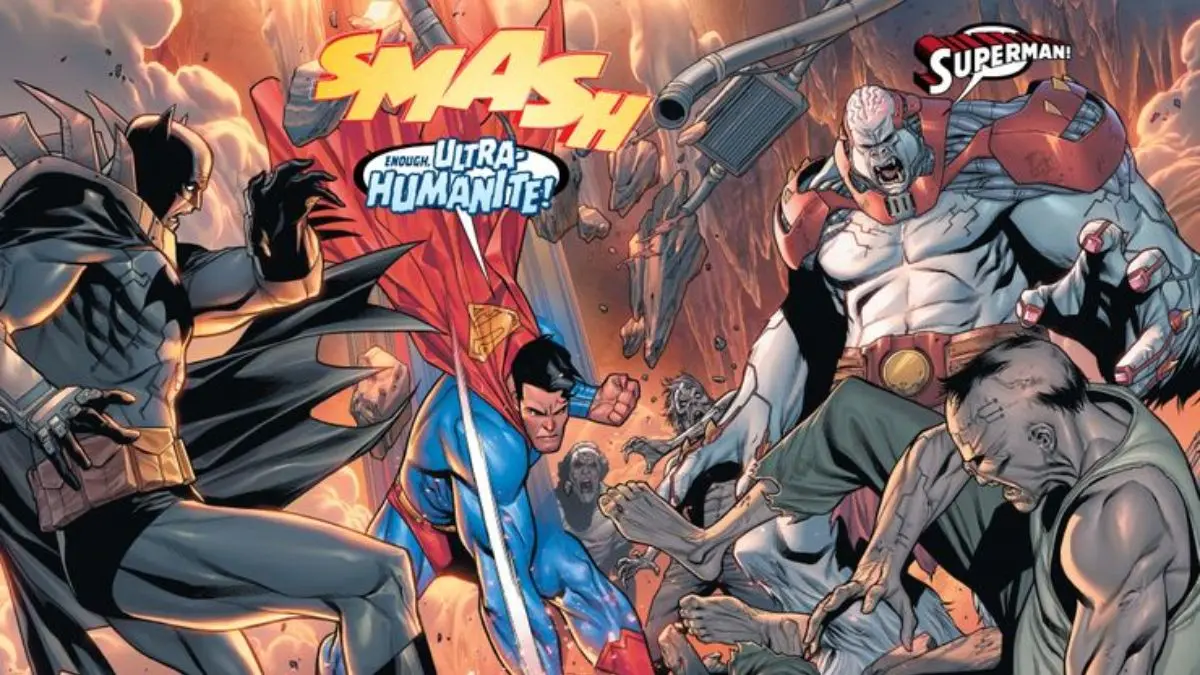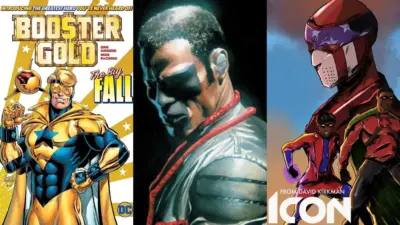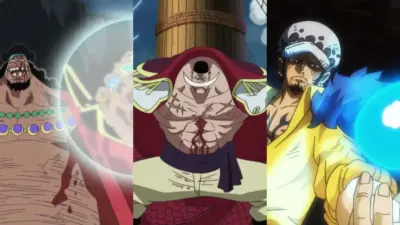DC Comics, established in 1934 as National Allied Publications, stands as a monumental pillar in the world of comic book literature. It has bestowed upon us iconic superheroes, including the likes of Superman and Batman. However, the tales of these heroes would be hollow without their antitheses, the supervillains, who bring conflict, intrigue, and depth to these stories. But Who Was DC Comics First-Ever Supervillain? The answer to this takes us back to the Golden Age of Comics, where a villain named Ultra-Humanite debuted.
The Advent of Ultra-Humanite:
Ultra-Humanite, created by Jerry Siegel and Joe Shuster, first appeared in “Action Comics” #13 in 1939, becoming the inaugural supervillain of DC Comics. This character predates notable villains such as The Joker and Lex Luthor, and was initially envisioned as a nemesis for Superman. Ultra-Humanite was characterized by his remarkable intellect, which was posited to be superior to that of Albert Einstein.
The Golden Age of Comics:
The Golden Age of Comics, spanning from the 1930s to the 1950s, marked the dawn of superhero comic books. This era produced iconic characters like Superman, Batman, and Wonder Woman, providing fertile ground for the emergence of supervillains like Ultra-Humanite.
Character Backdrop:
Ultra-Humanite was a bald, wheelchair-bound scientist, a prototype for the later and more popular villain Lex Luthor. Originally a man named Gerard Shugel, his extraordinary intellect was mired by his frail and diseased body. To overcome his physical limitations, he dedicated his life to transferring his consciousness into other bodies, seeking to attain a physically superior form.
A Scheme of Transmigration:
Ultra-Humanite’s modus operandi was transmigration of his intellect into other bodies, a process that evolved over the years. His cerebral transference abilities enabled him to live on in different forms, thereby achieving a form of immortality.
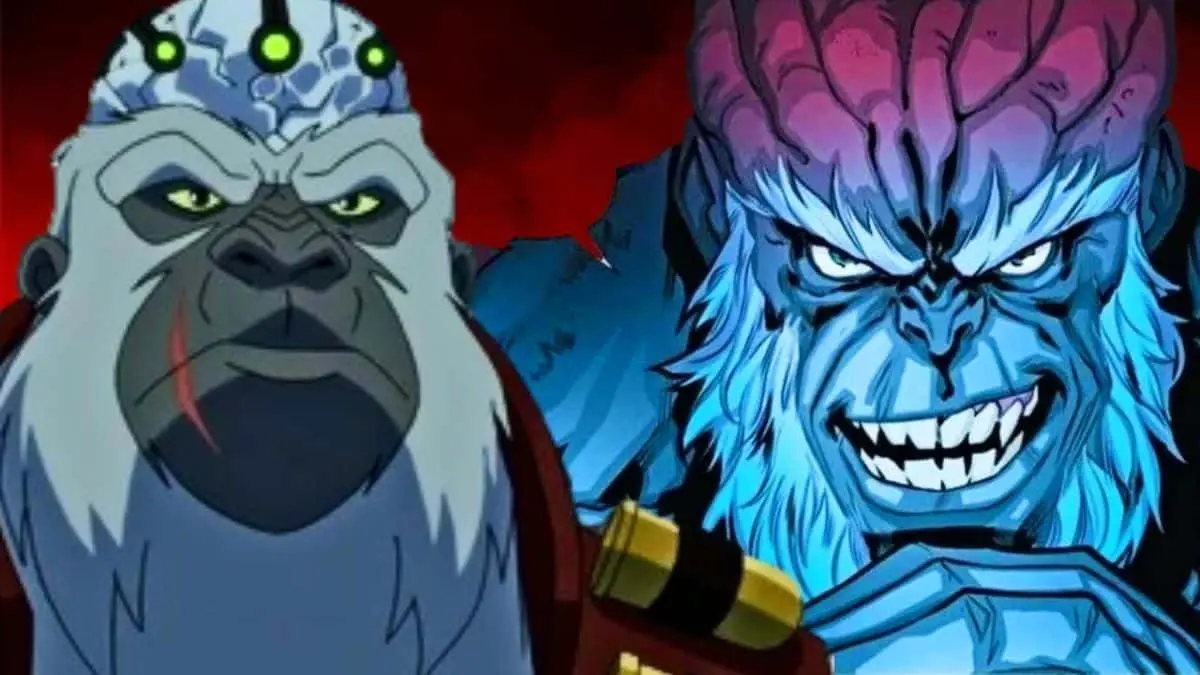
Initial Transferences:
Ultra-Humanite initially sought out strong, physically able bodies to inhabit, such as movie actors, providing him with the physical prowess to match his intellectual capacities. This search for the perfect body marked the genesis of his conflict with Superman, who naturally epitomized physical perfection.
Later Transformations:
As the character developed, Ultra-Humanite abandoned the pursuit of human hosts, opting for more powerful, exotic, and extraordinary forms. He has inhabited the bodies of a giant ant, a T-Rex, and even a massive, tentacled sea creature, showcasing the evolution and adaptability of his character over the decades.
The Conflict with Superman:
The Man of Steel, Superman, was the foremost adversary of Ultra-Humanite. Their battles were iconic, representing the perennial conflict between good and evil, might and intellect.
Divergent Philosophies:
Superman, representing hope, justice, and moral integrity, clashed with Ultra-Humanite’s vision of a world dominated by his intellectual supremacy. The philosophical divergence between these characters enhanced the narrative complexity of their conflicts, laying the groundwork for future hero-villain dynamics in comic books.
Memorable Encounters:
Their confrontations were laden with challenges and obstacles, each pushing the other to their limits. One notable encounter involved Ultra-Humanite’s attempt to destroy the earth using a ‘Meteor Magnet’, bringing Superman into direct combat with this intellectually superior foe. Such confrontations set the precedent for the epic battles and high stakes typical of superhero comics.
The Legacy of Ultra-Humanite:
Despite being overshadowed by more prominent villains, Ultra-Humanite played a pivotal role in shaping the supervillain archetype in comic book lore. His legacy is evident in the myriad of intellectually superior villains that followed, like Lex Luthor and Brainiac.
Influencing Subsequent Villains:
The character design and motivations of Ultra-Humanite provided a template for the creation of later villains. Lex Luthor, arguably Superman’s most notable adversary, bears resemblance to Ultra-Humanite in his intellect, appearance, and his fixation on defeating Superman.
Contribution to Narrative Development:
Ultra-Humanite introduced the element of intellectual villainy to comic book narratives, paving the way for more intricate and cerebral storylines. The battles between superheroes and supervillains became not just physical confrontations but also clashes of ideologies, wits, and moralities.
The Evolution of Villainy in DC Comics:
Ultra-Humanite’s inception marked the commencement of a rich tradition of supervillains in DC Comics. Characters like The Joker, Catwoman, and Darkseid followed, each contributing to the expansive tapestry of DC’s villainous roster.
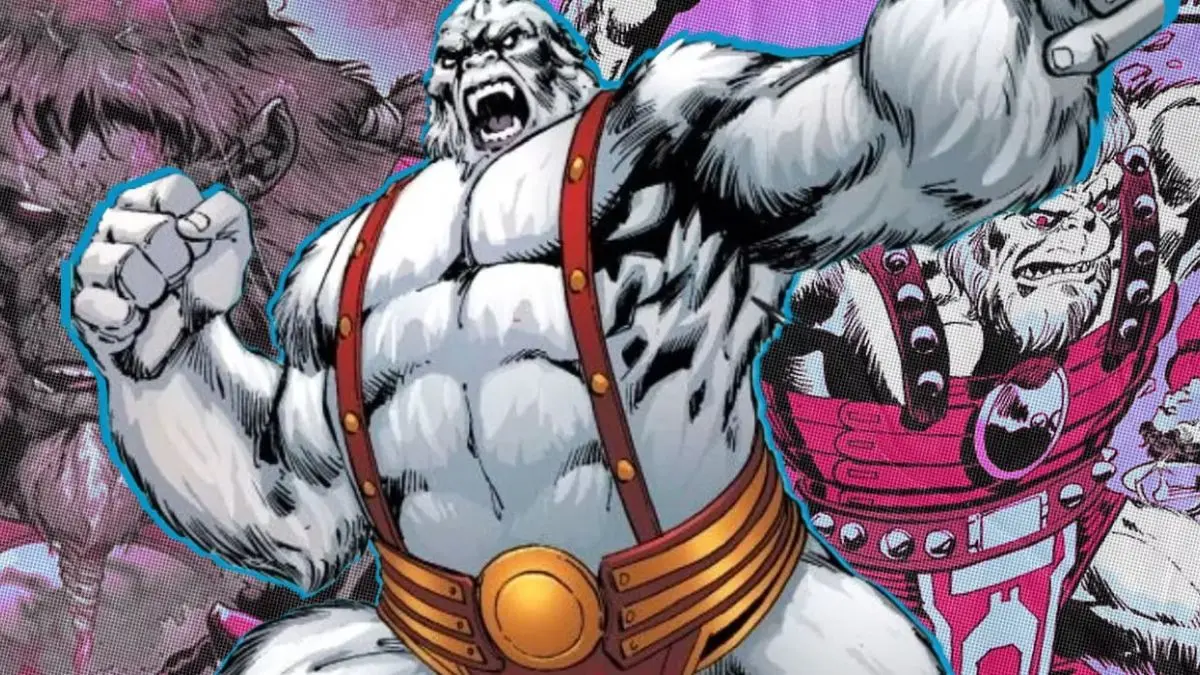
Diversification of Villain Archetypes:
The subsequent supervillains in DC Comics showcased a variety of motivations, abilities, and moral ambiguities. The Joker brought chaos and anarchy, contrasting Ultra-Humanite’s pursuit of intellectual supremacy. Darkseid introduced cosmic-level threats, elevating the scale of conflicts within the DC Universe.
Reflection of Societal Fears:
The array of supervillains in DC Comics often mirrored societal anxieties and fears. For instance, characters like Poison Ivy and Ra’s al Ghul reflected environmental concerns, while villains like Two-Face mirrored the duality and moral struggles inherent in human nature.
Conclusion:
Ultra-Humanite stands as DC Comics’ first-ever supervillain, introducing the world to the concept of the evil genius. Though he may not bask in the limelight as much as some of his villainous successors, his contribution to the DC Universe is paramount. Ultra-Humanite laid the foundational bricks for the evolution of supervillains, shaping the dynamics between heroes and their foes. His intellect-driven villainy paved the way for complex narratives, intricate plots, and morally ambiguous characters, enriching the landscape of comic book literature. The inception of Ultra-Humanite in the Golden Age of Comics marked the beginning of a timeless tradition of villainy, making him a crucial, if not celebrated, character in the annals of DC Comics.
Also Read: 10 DC Superheroes We Want On The Big Screen (Longing For Live Action Debuts)
